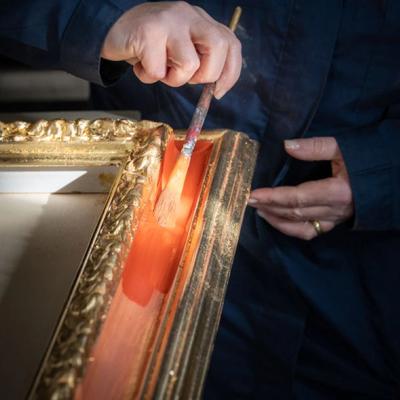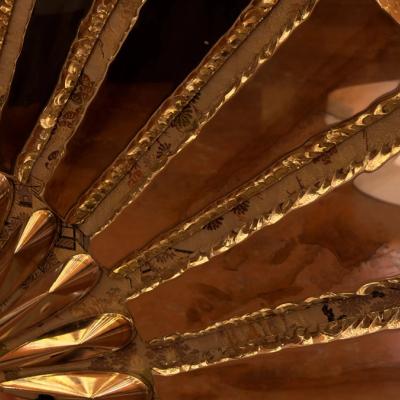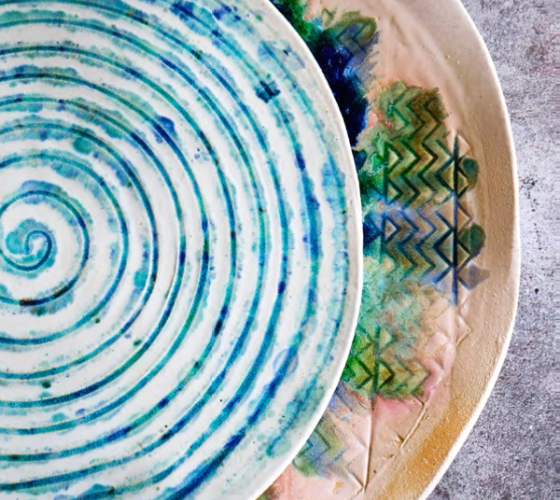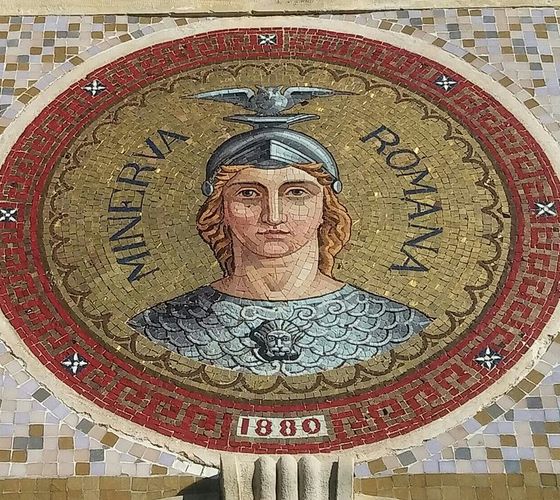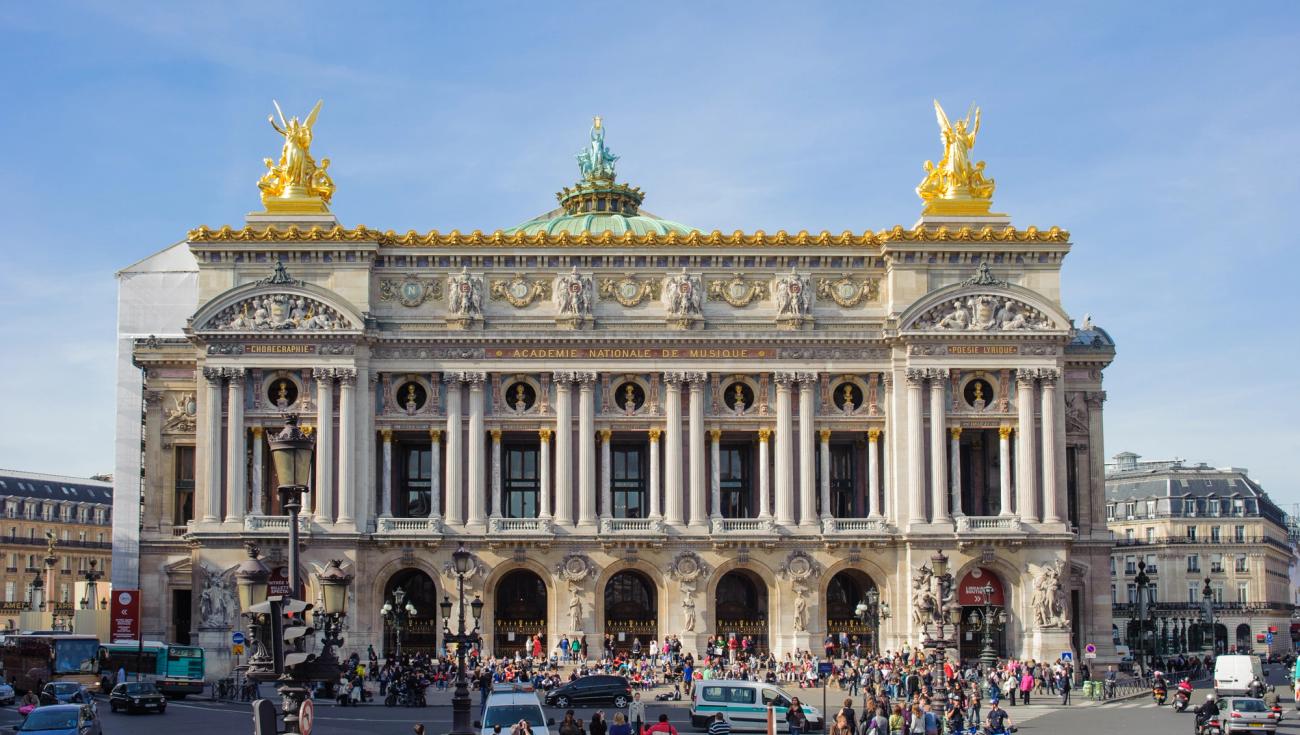
The Art of Friulian Mosaics: A Legacy Displayed at the Opéra de Paris
Introduction: The Timeless Beauty of Friulian Mosaics
In the rich tapestry of Italy's artistic heritage, the region of Friuli stands out for its exceptional tradition of mosaic craftsmanship. This ancient art, which involves the precise arrangement of small pieces of stone, glass, and other materials into intricate designs, has been practiced and perfected by Friulian artisans for centuries. One of the most prestigious venues where the artistry of Friuli has been showcased is the Opéra de Paris, where the delicate yet enduring beauty of these mosaics continues to captivate audiences.
The Origins and Evolution of Friulian Mosaic Art
The history of mosaic art in Friuli can be traced back to the Roman Empire, a period when the technique was widely used to decorate public buildings and private residences. Over time, Friulian artisans developed their own distinct style, characterized by intricate patterns and a harmonious blend of colors. The region became renowned for its ability to produce mosaics of unparalleled quality, with techniques passed down through generations, ensuring the survival of this intricate craft.
As Europe moved through the Middle Ages and into the Renaissance, the demand for exquisite mosaic work grew. Friulian mosaics were commissioned by churches, palaces, and wealthy patrons who sought to adorn their spaces with this timeless art form. The craftsmanship involved in creating these mosaics became increasingly sophisticated, with artisans experimenting with new materials and techniques to achieve even greater levels of detail and durability.
The Friulian Contribution to the Opéra de Paris
The Opéra de Paris, with its grand architecture and opulent interiors, stands as a beacon of cultural achievement. When the decision was made to incorporate mosaic work into its design, the choice of Friulian artisans was a testament to their unparalleled expertise. These mosaics were not merely decorative; they were integral to the aesthetic vision of the Opéra, adding layers of visual and cultural depth to the space.
The process of creating the mosaics for the Opéra de Paris involved a meticulous selection of materials. The artisans chose the finest stones and glass, ensuring that the colors would remain vibrant and the tesserae durable for generations. The designs were carefully crafted to complement the architectural grandeur of the Opéra, with patterns that echoed the elegance of the performances taking place within its walls.
Techniques and Materials: The Making of a Masterpiece
What sets Friulian mosaics apart is the meticulous attention to detail in both design and execution. The creation process begins with a thorough understanding of the space and the desired visual impact. Artisans from Friuli are known for their ability to create mosaics that not only adorn a space but transform it, imbuing it with a sense of timeless beauty.
The materials used in these mosaics are chosen not only for their aesthetic qualities but also for their ability to withstand the test of time. Friulian artisans often work with a combination of local stones, Murano glass, and, in some cases, precious metals like gold leaf. Each piece is carefully cut and shaped to fit perfectly within the design, with the artisans paying close attention to the interplay of light and color.
The actual laying of the mosaic is a painstaking process. Each tessera is placed by hand, with the artisan constantly checking to ensure that the pattern is developing as intended. This requires not only technical skill but also an artistic eye, as the success of a mosaic often depends on the subtle variations in color and texture that can only be achieved through this level of manual craftsmanship.
The Legacy of Friulian Mosaics in Modern Times
Today, the mosaics of Friuli continue to be celebrated for their artistic and cultural significance. At the Opéra de Paris, these mosaics serve as a reminder of the enduring power of collaboration between different cultures—Italian artisans contributing to a French cultural landmark. The presence of Friulian mosaics in such a prestigious venue highlights the universal appeal of this art form and its ability to transcend geographical and temporal boundaries.
In the modern era, there is a renewed interest in preserving and revitalizing traditional crafts, and Friulian mosaics are no exception. Contemporary designers and architects are increasingly looking to incorporate these timeless pieces into their projects, recognizing the value they add not only in terms of aesthetics but also in connecting a space to a rich cultural heritage.
A Living Tradition of Art and Culture
The story of Friulian mosaics is one of resilience, artistry, and an unbroken chain of craftsmanship that stretches back through the centuries. The presence of these mosaics at the Opéra de Paris is a testament to the skill and dedication of Friulian artisans, whose work continues to inspire and enchant. As we look to the future, the art of mosaic-making in Friuli remains a vibrant and essential part of Italy's cultural identity, with each piece serving as a bridge between past and present, art and architecture, Italy and the world.
